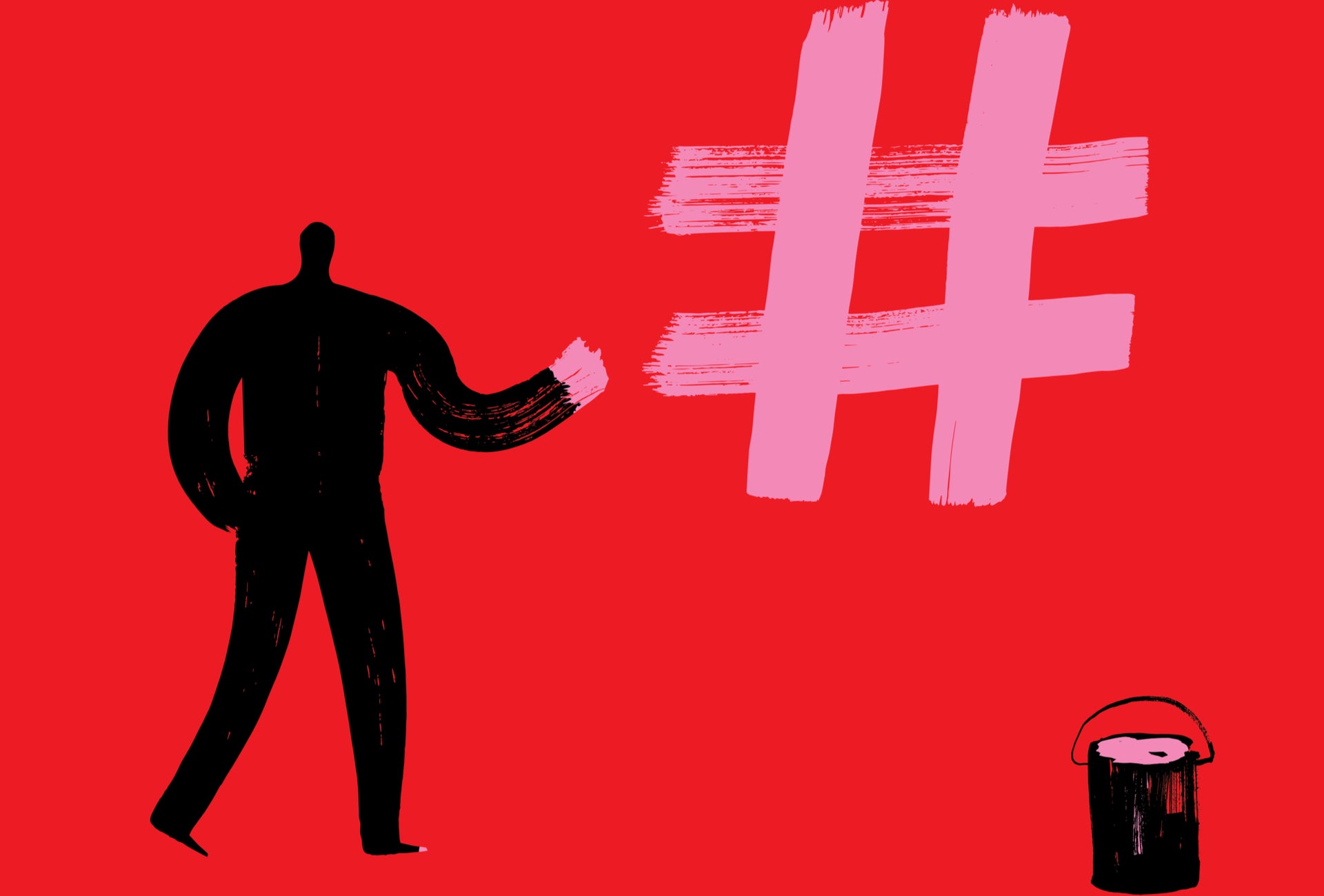
Twitter’s decision to ban all political adverts has been widely welcomed, but the prevalence of fake bot accounts will remain its biggest challenge in upcoming elections.
Twitter CEO Jack Dorsey announced the political ad ban last night in a string of tweets.

Access deeper industry intelligence
Experience unmatched clarity with a single platform that combines unique data, AI, and human expertise.
“We believe political message reach should be earned, not bought,” he said, adding that the ban will come into force from the 22 November.
The decision ramps up the pressure on Facebook to follow suit, after it faced criticism for its policy of accepting money for political ads that are demonstrably false.
In a tweet construed as a direct barb at Facebook CEO Mark Zuckerberg, Dorsey said: “…it‘s not credible for us to say: ‘We’re working hard to stop people from gaming our systems to spread misleading info, buuut if someone pays us to target and force people to see their political ad…well…they can say whatever they want!’”
A political message earns reach when people decide to follow an account or retweet. Paying for reach removes that decision, forcing highly optimized and targeted political messages on people. We believe this decision should not be compromised by money.
 GlobalData Strategic Intelligence
GlobalData Strategic IntelligenceUS Tariffs are shifting - will you react or anticipate?
Don’t let policy changes catch you off guard. Stay proactive with real-time data and expert analysis.
By GlobalData— jack 🌍🌏🌎 (@jack) October 30, 2019
Twitter’s political ad ban is potentially a watershed moment for how social media platforms approach the thorny issue of political campaigning online.
Two and a half years on, Facebook is still reeling from the Cambridge Analytica scandal in which 87 million Facebook users had their data harvested without their consent. That data was then used to send them highly-targeted adverts during the 2016 presidential election.
But for all Twitter’s plaudits, political advertising is said to make up only a small portion of the firm’s overall ad revenue.
In 2018 Twitter reported $2.61bn in total ad revenue, while Facebook reported total ad revenue of $55bn over the same period.
The one that bot away
Twitter’s more pressing disinformation problem is, instead, the swarms of bots on the site. These automated accounts interact with Twitter using an application programming interface (API) and can be set to automatically perform tasks such as tweeting, retweeting, liking and following accounts.
Corin Imai, senior security advisor at threat intelligence firm Domaintools, said the political ad ban is “a welcome decision” amid the “Wild West” of political advertising on social media.
“However, actual paid advertisements on the platform are only one piece of the puzzle. Twitter is home to armies of bots, which pump out propaganda on behalf of political causes, often backed by foreign powers and difficult to distinguish from real accounts,” he told Verdict.
Multiple studies concluded that Twitter bots were highly effective at influencing opinion on the platform during the 2016 presidential election, with many of these fake accounts stemming from Russia.
In one study that looked at 14 million messages and 400,000 articles shared on Twitter between May 2016 and March 2017, it found just 6% of Twitter accounts identified as bots were enough to spread 31% of the “low-credibility” information on the site.
Often these take the form of so-called ‘troll’ accounts, created solely to spread rumours and disinformation.
“These accounts pop up in almost every political discussion on Twitter,” Andy Patel, senior researcher at F-Secure at Finnish cybersecurity firm F-Secure. “Due to the fact that it is very easy to create or purchase new Twitter accounts, there exists a limitless supply of these throw-away accounts ready to be used for these purposes.”
Twitter bans political ads: Dangers of human-bot hybrids
In the years since Twitter has taken significant efforts to clamp down on fake accounts. Between May and June 2018 it said it suspended more than 70 million suspicious accounts.
Twitter’s automated suspension algorithms are considered the “gold standard” in bot detection, said Patel.
However, a more recent paper by researchers at the University of Iowa raised questions about the effectiveness of Twitter’s bot-culling methods – a claim which Twitter disputed.
One fear is that Twitter’s political ad ban will push some campaigners to use more bot accounts to spread their message.
Damian Collins, chair of the Digital, Culture, Media and Sport select committee, said in a tweet that “The problem on that platform [Twitter] has been big networks of fake bot accounts rather than legitimate advertisers. This move could make life easier for the peddlers of fake news.”
This is the key point regarding the Twitter announcement on political advertising. The problem on that platform has been big networks of fake bot accounts rather than legitimate advertisers. This move could make life easier for the peddlers of fake news. https://t.co/fVwZOMWHSH
— Damian Collins (@DamianCollins) October 30, 2019
David Kennefick, product architect at cybersecurity firm edgescan added that human-bot hybrids make it even more challenging to tackle the issue.
“While a malicious actor may have access to many bots, a combination of ‘real’ users and bots may lead to a bigger problem, as the mix of ‘real’ users – active or not – would likely make it significantly more difficult to cleanly automate detection and removal of bot activity,” he told Verdict.
Patel describes these as “follow-back rings”.
“These groups are highly coordinated and can be mobilised quickly to amplify a piece of content,” he explained.
“This activity serves to skew perception about a political or social issue, and to promote content that is untruthful, or highly biased. Accounts that belong to follow-back rings are often suspended by Twitter, and immediately re-created by their owners shortly thereafter.”
“In order to truly get a grip of political actors on their platform, Twitter should turn their attention to these next,” added Imai.
Read more: 24 hours, 7,000 bots: How Twitter amplification bots are faking popularity






